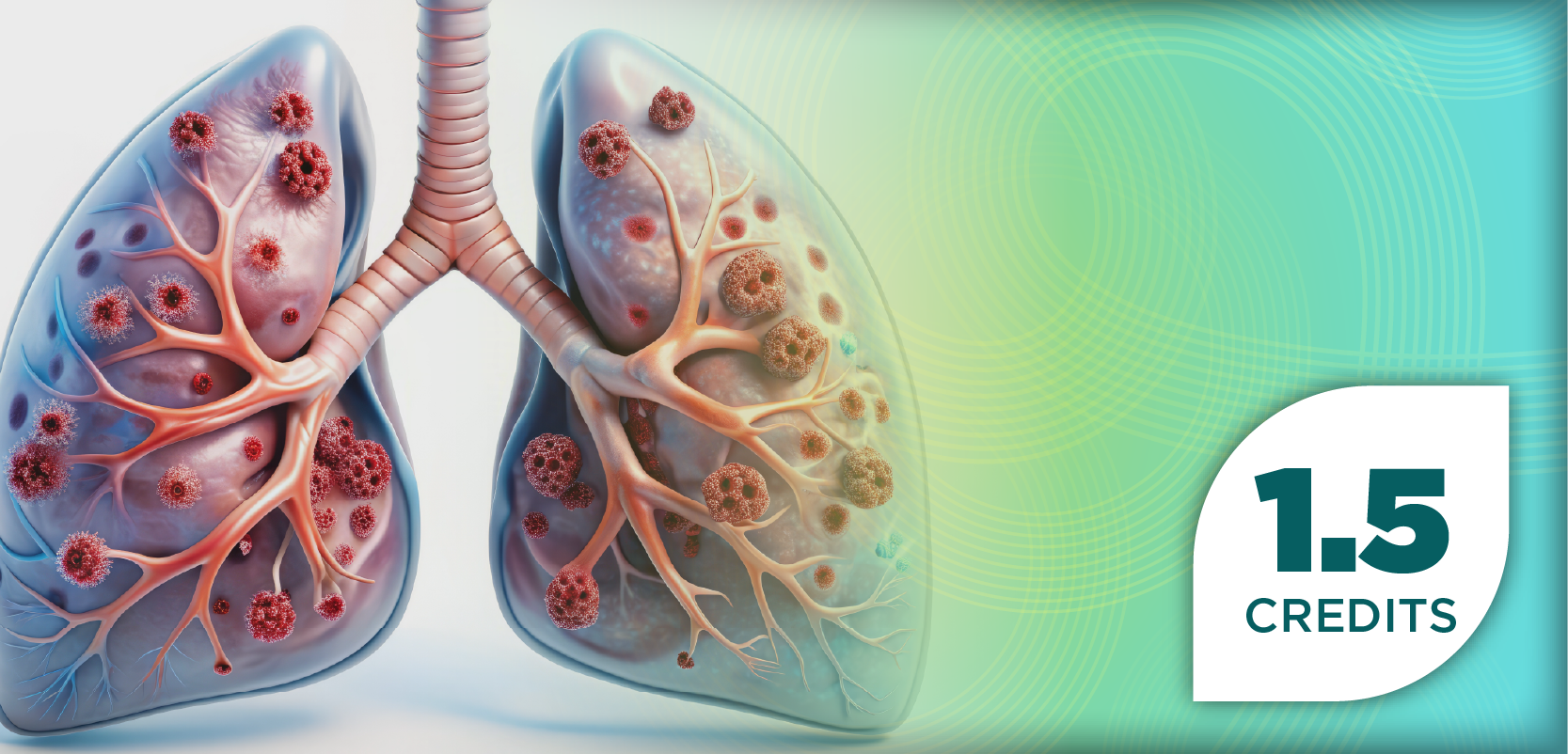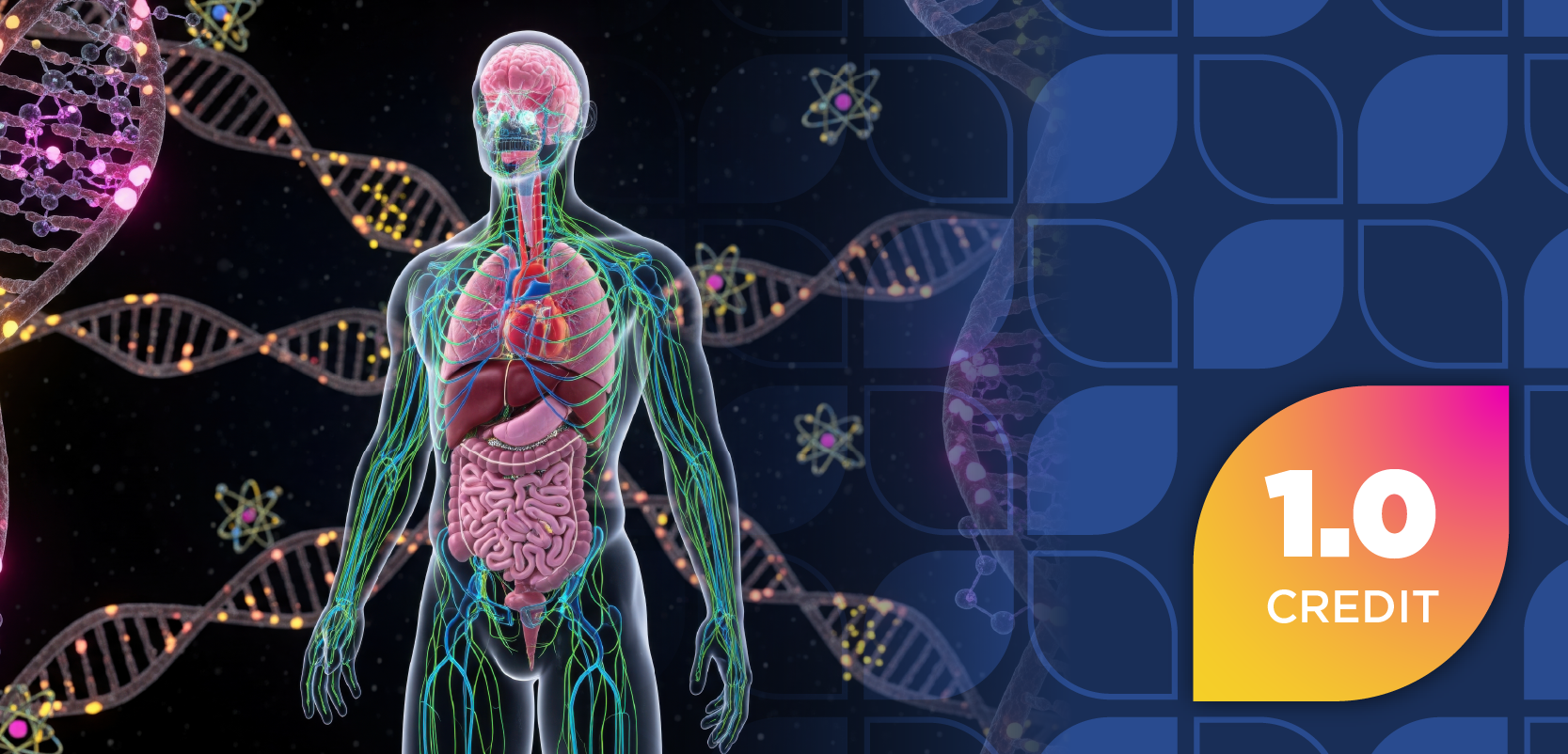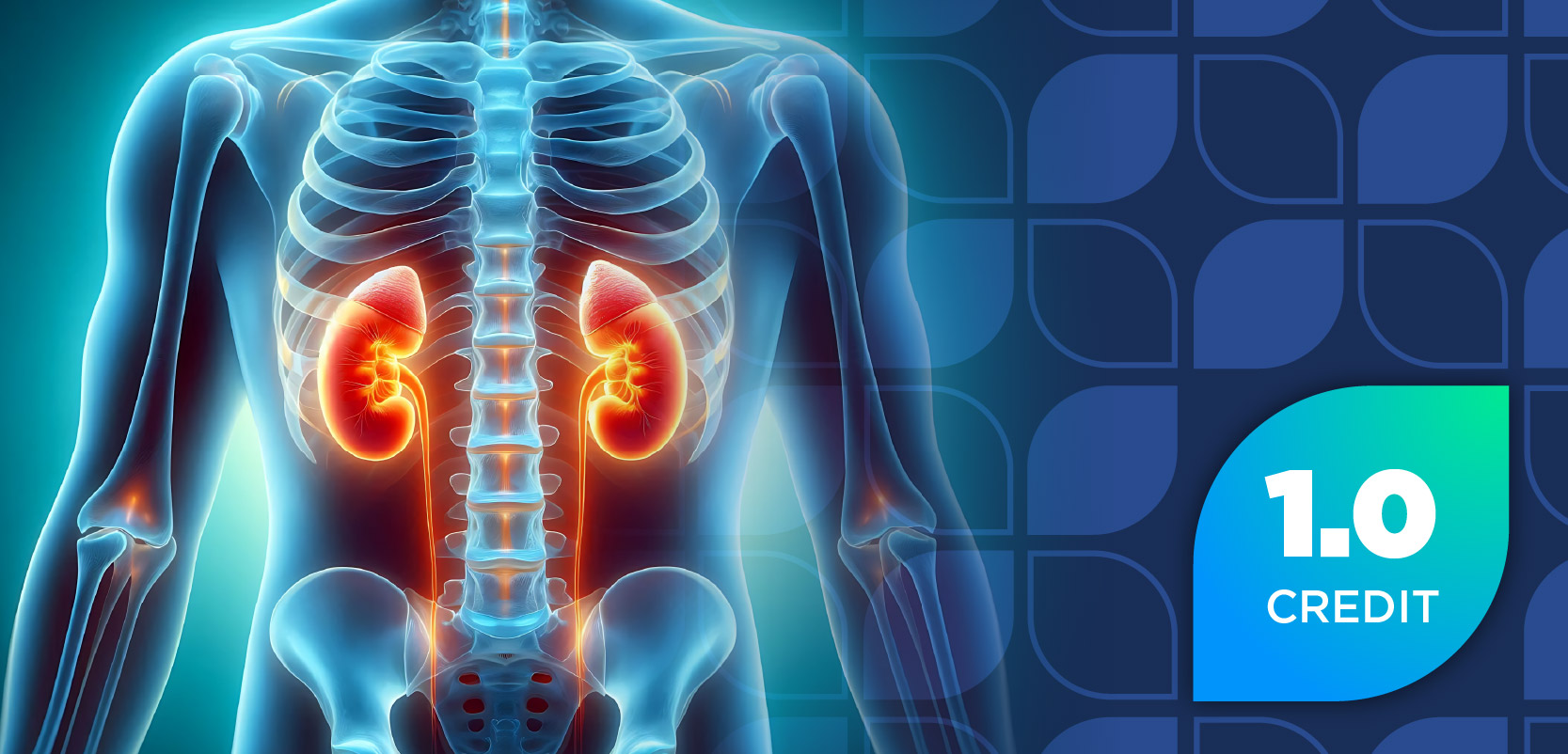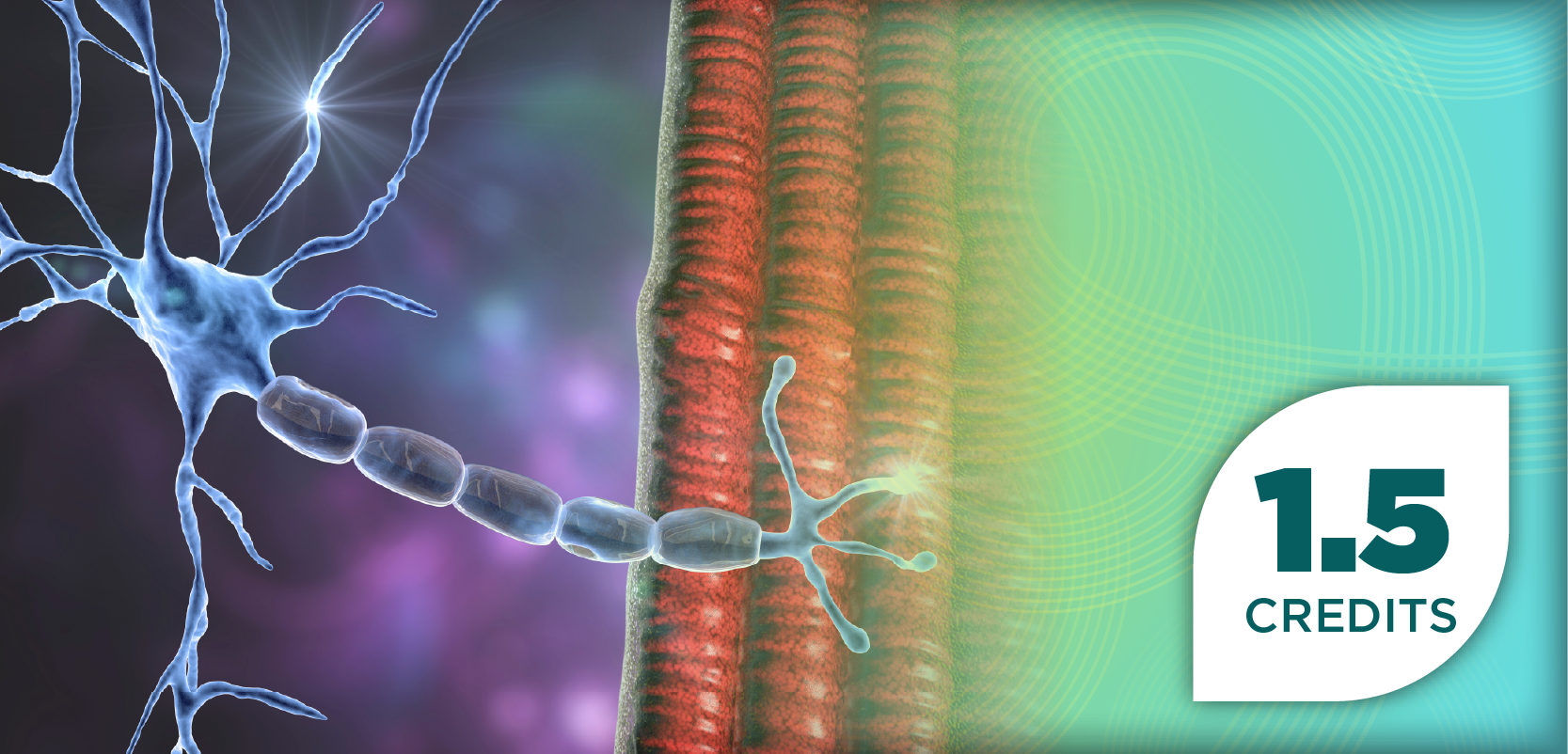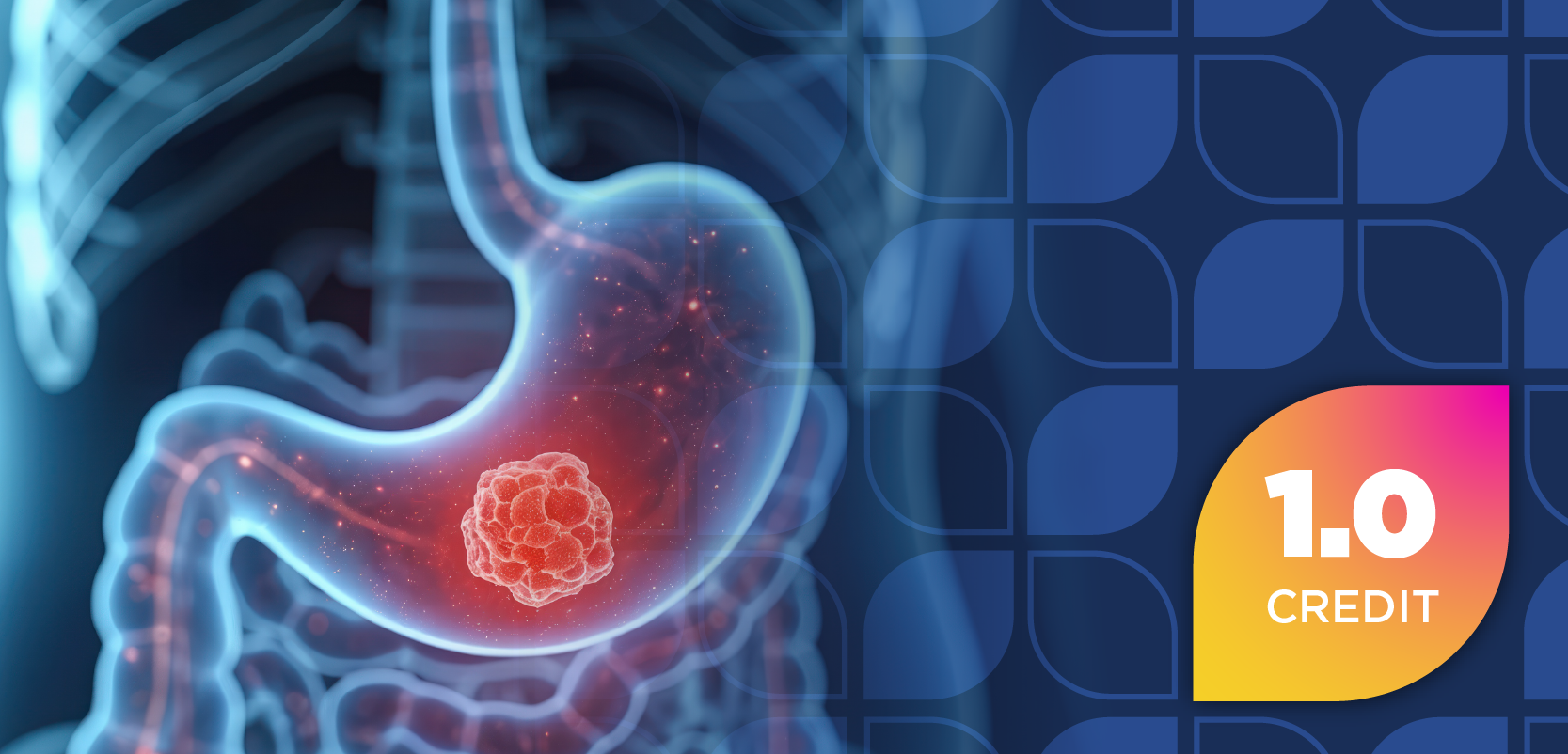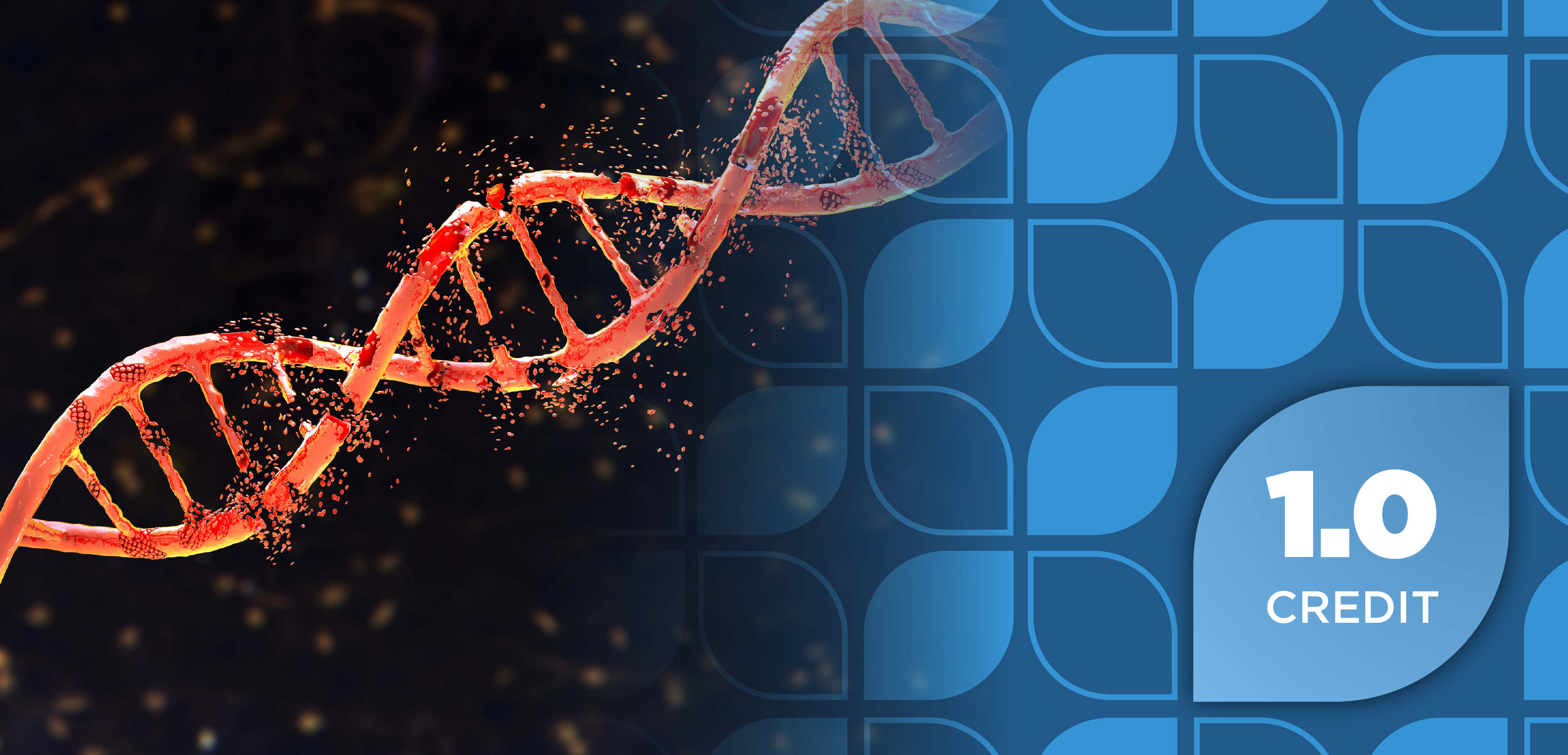
Glucodensity Analysis Enhances CGM Accuracy for Detecting Cystic Fibrosis–Related Diabetes
Key Takeaways
- Cystic fibrosis–related diabetes (CFRD) affects nearly 30% of patients with cystic fibrosis, combining features of type 1 and type 2 diabetes.
- Symptoms of CFRD are often unnoticed, necessitating annual diabetes screening for early detection.
Continuous glucose monitoring (CGM) significantly enhances the detection of cystic fibrosis–related diabetes, outperforming traditional methods.
New study findings from researchers at the Hospital Universitario La Paz in Madrid, Spain, highlight the value of continuous glucose monitoring (CGM) in detecting cystic fibrosis–related diabetes (CFRD). The study authors, who published their results in Diabetes Research and Clinical Practice, noted that CGM-derived metrics can identify CFRD, and a novel analysis method called glucodensity outperformed both hemoglobin A1C (HbA1C) and standard CGM measures in recognizing early signs of the condition.1
What Is CFRD?
CFRD is a unique type of diabetes that is common among individuals with CF, impacting nearly 30% of individuals with CF and 40% of CF patients aged 50 to 60 years, according to the Cystic Fibrosis Foundation. CFRD occurs when the pancreas produces too little insulin, similar to type 1 diabetes, and involves insulin resistance, which is seen in type 2 diabetes. Thick, sticky mucus from CF can scar the pancreas, reducing or preventing insulin production. Insulin resistance in individuals with CFRD may worsen during illness, steroid use, or pregnancy.2
Symptoms of CFRD often go unnoticed and could include increased thirst, urination, exacerbations, and infections; excessive fatigue; weight loss and difficulty gaining weight; and unexplained decline in lung function. Many individuals with CFRD are unaware they have the condition until they undergo testing, making annual diabetes screening essential for early detection and management.2
How Can Traditional CGMs and Newer CGM Measures Diagnose CFRD?
Researchers evaluated how well HbA1c, traditional CGM metrics, and newer glucodensity CGM measures can diagnose CFRD, which tracks how often glucose levels fall within certain ranges. The study aimed to identify the uncertain effectiveness of the methods by comparing their performance against results from the oral glucose tolerance test (OGTT).1
A total of 38 patients who had an OGTT test in the last 6 months were included in the prospective observational study and were required to wear a CGM sensor for 14 days. Data were included only if the patient wore the sensor at least 70% of the time. Patients scanned the device at least every 8 hours, and average glucose, glucose management index (GMI), variability, and time in various glucose ranges were recorded. Glucodensity values were calculated from the CGM data. The patients also completed a quality-of-life questionnaire addressing their preferences for CFRD screening methods.1
The results demonstrated that patients preferred simpler screening methods like HbA1c but found CGM more acceptable than OGTT. CGM metrics showed strong diagnostic performance, with time above 180 mg/dL over 6% presenting a sensitivity of 93% and time above 140 mg/dL over 20% with a specificity of 90%. Overall, CGM outperformed HbA1c in detecting CFRD, and glucodensity analysis further enhanced diagnosis accuracy with both sensitivity and specificity above 85%.1
"The results of this study strongly support the need for further research, with large prospective studies, to define the optimal cutoff point of CGM metrics and/or glucodensities for the screening and diagnosis of CFRD. Nevertheless, because of its accuracy and acceptability among people with CF, CGM may eventually become a new standard in CFRD diagnosis," the authors of the study said.1
REFERENCES
1. Aguilera Garcia I, Vazquez Perez P, Lopez Plaza B, et al. Continuous glucose monitoring as an alternative for cystic fibrosis related diabetes screening and diagnosis. Diabetes Res Clin Pract. 2025;229:112952. doi:10.1016/j.diabres.2025.112952
2. Cystic fibrosis-related diabetes. Cystic Fibrosis Foundation. Accessed October 31, 2025. https://www.cff.org/managing-cf/cystic-fibrosis-related-diabetes
Newsletter
Stay informed on drug updates, treatment guidelines, and pharmacy practice trends—subscribe to Pharmacy Times for weekly clinical insights.














































